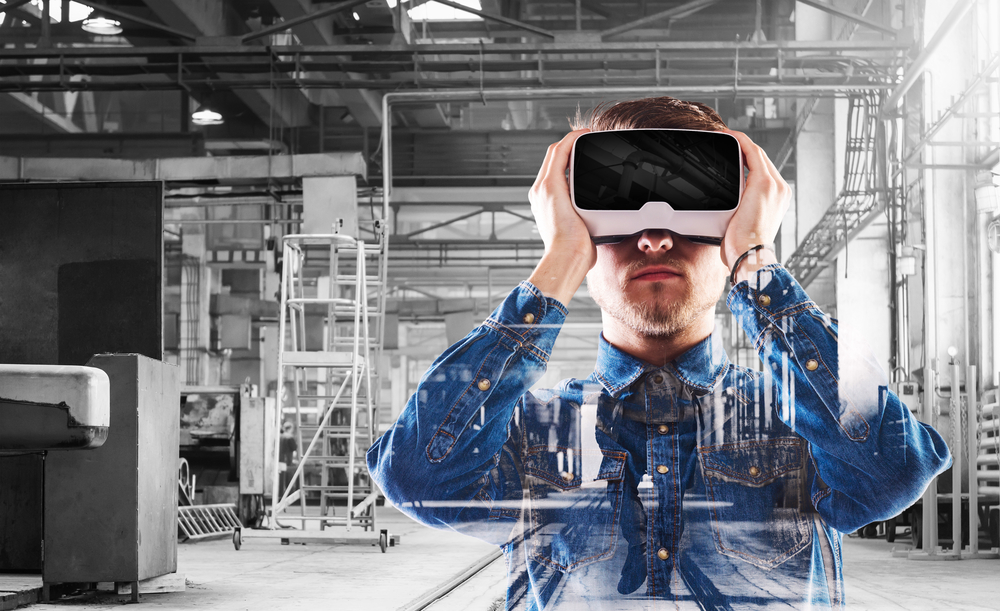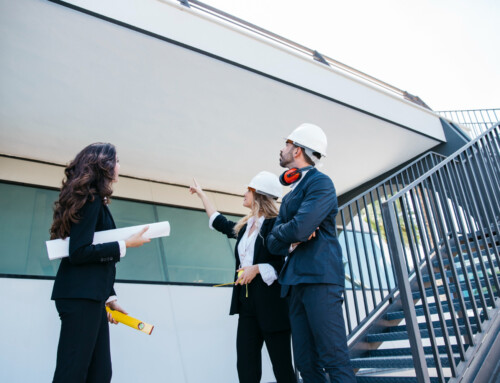Technology is constantly changing nearly every industry around the world, including that of construction. Specifically, virtual reality or VR technology is making significant changes. Construction companies have found applications for modern VR technology that span projects, including training, design, and safety.
Creating VR Technology Designs for Construction and Pitching Them
Using VR tech lets architects more accurately convey the scope of large projects. It also helps clients visualize the space they want to have.
Reducing Revisions
In addition to the general applications of VR in the design process, there are some specific applications, such as reducing the need for revisions.
Traditional methods of building 3D models for projects involve weeks and countless revisions. Those revisions are time-consuming, resulting in higher costs. By contrast, VR gives the entire team more flexibility. It lets them test various modifications much more quickly, without having to make significant physical changes.
Identifying Potential VR Technology Construction Design Problems
As an offshoot of how virtual reality helps with revisions, it also provides an opportunity to spot potential issues before you get too far in the construction process. This allows you to adjust your plans before wasting time and materials on unnecessary tasks. It also prevents the added costs associated with correcting issues.
Estimating Required Materials More Accurately
Because of the level of accuracy with VR designs and simulations, they make estimates of required materials much more accurate.
That prevents the need to order an excessive quantity of extra materials, which contributes to going over budget.
This also extends to more accurate estimates of the labor required. That is especially important for construction specialists with higher wages, as you can have significant savings by having them on the site less.
Training Workers (and Improving Safety While Doing So)
Whether it comes to training new workers or teaching new skills to those who already have experience in construction, VR also has plenty of applications for training.
Most importantly, VR technology lets the training occur safely. Workers can use VR to familiarize themselves with tools or techniques before using the real thing. In the case of heavy machinery, heights, or anything potentially high-risk, this maximizes safety.
It can also reduce costs, as there is no risk of trainees accidentally damaging materials.
Simulating Tasks or Projects
In addition to general training, VR technology can help construction companies with overall coordination by simulating tasks or projects. For example, leadership can show workers what jobs they want to complete and how to go about doing them.
In this way, VR essentially provides more detailed instructions, so every team member is on the same page.
Keeping Workers Engaged and Motivated
Some tasks on a construction site can quickly become repetitive, causing workers to become less motivated. However, the ability to use VR offers a change of pace during the workday to keep things interesting.
How can we help you?
Searching for an opportunity in the construction industry? Contact The Birmingham Group’s team of seasoned commercial construction recruiters today to discuss your career path or browse our open positions.
Are you a hiring authority in need of construction talent? Submit a search request today.
–





